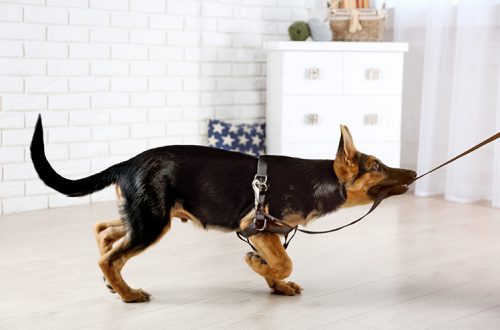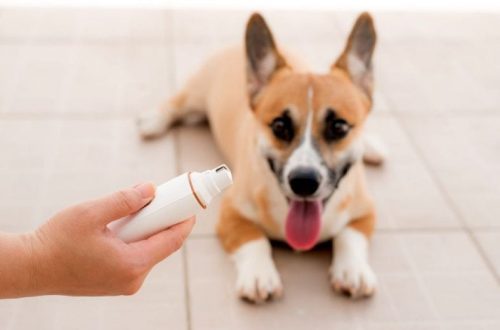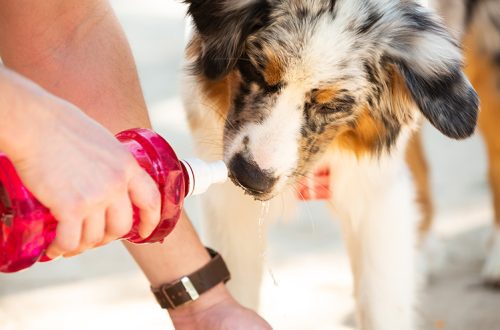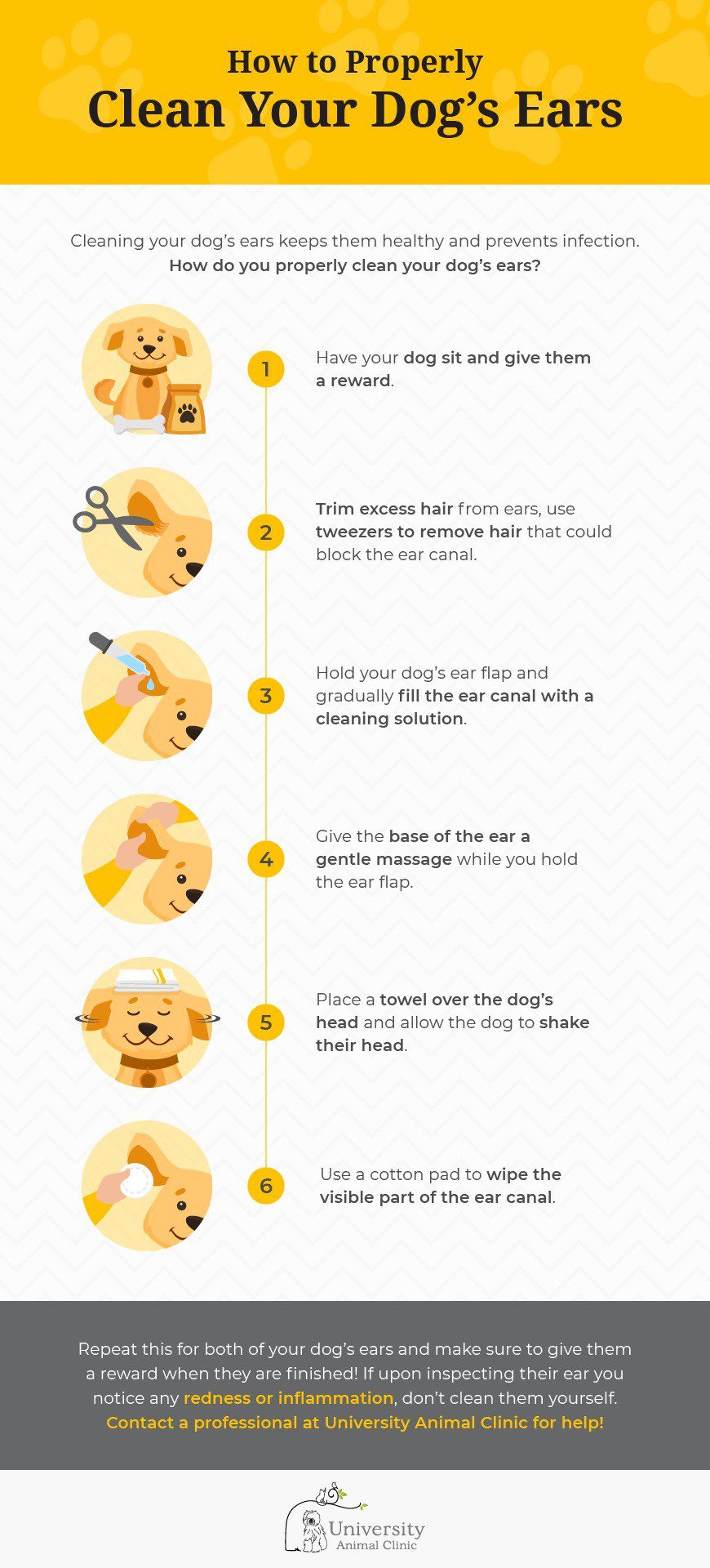
How to clean your dog’s ears?
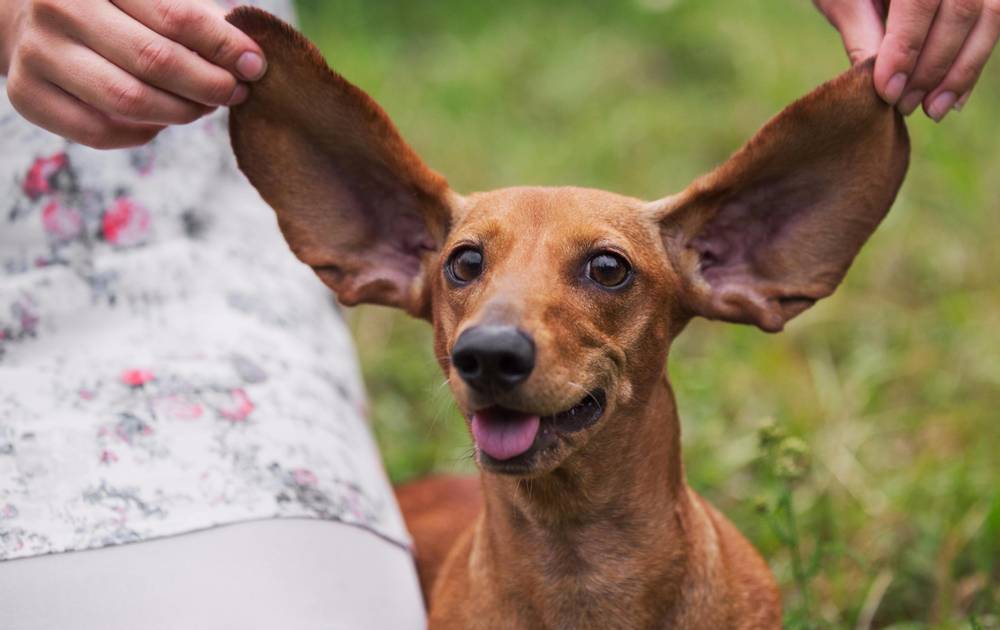
The normal healthy ear of a dog or cat has a unique self-cleaning mechanism, which is provided by the migration of the epithelium lining the external auditory canal from the tympanic membrane to the outer part of the auditory canal. Along with epithelial cells, dust particles, hairs, excess earwax, and even bacteria and yeast-like fungi are removed.
At the same time, the epithelium of the external auditory canal is very thin and delicate and can easily be damaged by improper cleaning, especially with cotton swabs or tweezers wrapped in cotton.
Damage to the epithelium leads to a violation of its migration, and sometimes to inflammation, accumulation of earwax, impaired ventilation of the ear canal, increased humidity and temperature in the lumen of the canal and, as a result, to a secondary fungal or bacterial infection, for which moisture, heat and inflammation are the most favorite conditions for prosperity.
A dog’s ears can indeed get dirty, for example, if the dog was lying around, enthusiastically digging holes while walking, or jumping through piles of foliage in the park, but this will only affect the inner surface of the ear. If you carefully examine the ear and pull it back, you can see that the ear canal itself is clear and pale pink. In this case, you can moisten a cotton pad with any ear cleaning lotion (without drugs) and gently wipe the inside of the ear: lotions dissolve earwax perfectly, and in this situation the problem will be solved. A gauze pad is not suitable for these purposes, as it can damage the surface of the skin in the auricle – the skin there is very delicate.
It is not recommended to use hydrogen peroxide, alcohol solutions or various oils to clean the ears.
If a dog has discharge from the ears with an unpleasant odor, then this is a disease, and not the result of insufficient care. Do not try to clean your ears and thus solve this problem, but go to the veterinary clinic. For diagnosis, you will need: a general clinical examination, otoscopy (examination of the ear using a special device that allows you to look inside the auditory canal, assess its condition and see the eardrum) and examine the contents of the ear canal under a microscope for mites, bacteria or yeast-like fungi.
After the diagnosis is made, the doctor will prescribe a treatment, and one of the components (auxiliary, but important) of this treatment will be the regular cleaning of the ear canal from secretions with a special lotion – in this case, the lotion may contain drugs.
At the clinic appointment, the dog’s ears will be cleaned (rather washed) and they will show you how to do it correctly. It’s better to see once than read a hundred times. Typically, the procedure consists of carefully pouring a few ml of the solution into the ear, gently massaging the ear canal at the base of the pinna, removing excess lotion with a cotton ball or pad, and then allowing the dog to shake its head. Usually the lotion is poured 2-3 times in each ear.
In the future, you will be able to independently perform the procedure at home until the next follow-up visit to the clinic. The frequency of cleaning the ears depends on the diagnosis and is determined by the veterinarian.
12 2017 June
Updated: July 6, 2018



